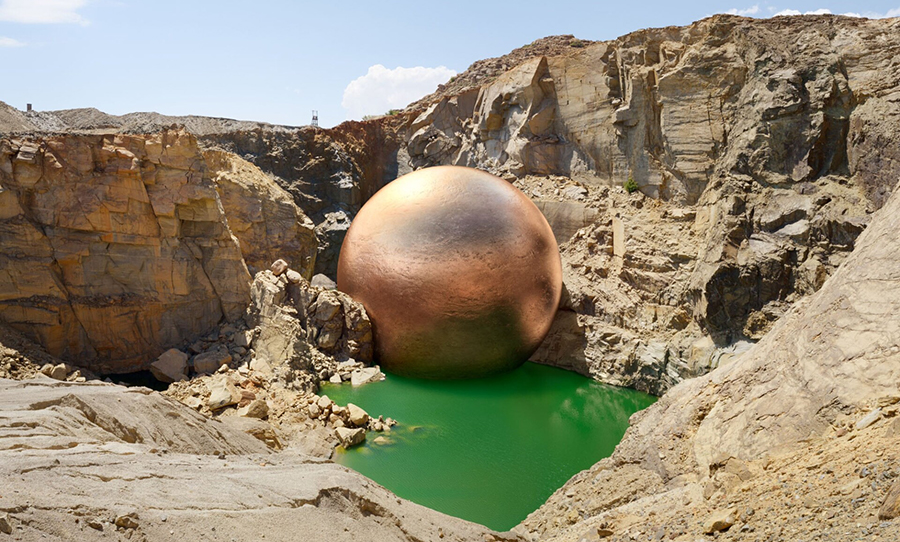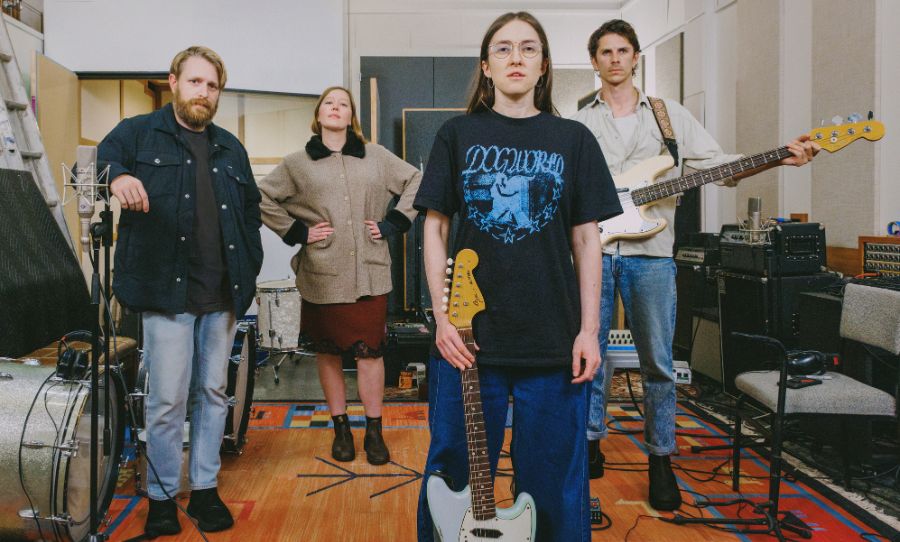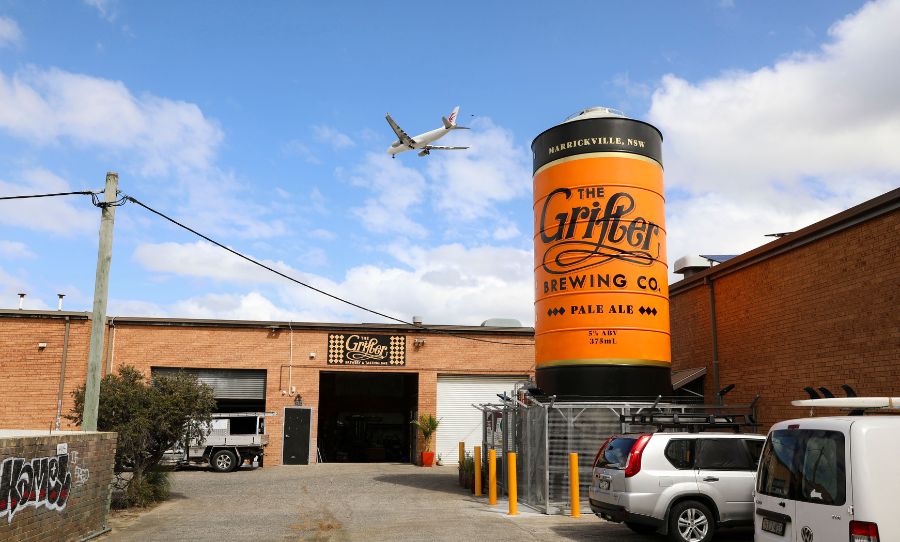A Cape Town photographer depicted mineral excavations and the scarred landscapes they leave behind through his art.
When Dillon Marsh discovered commercial copper mines near Springbok, South Africa, he wanted to depict the cost of mineral excavation in his work.
Marsh is a photographer who investigates the relationship between humanity and the natural environment and “how we as a species engage both deliberately and unintentionally with our environment”.
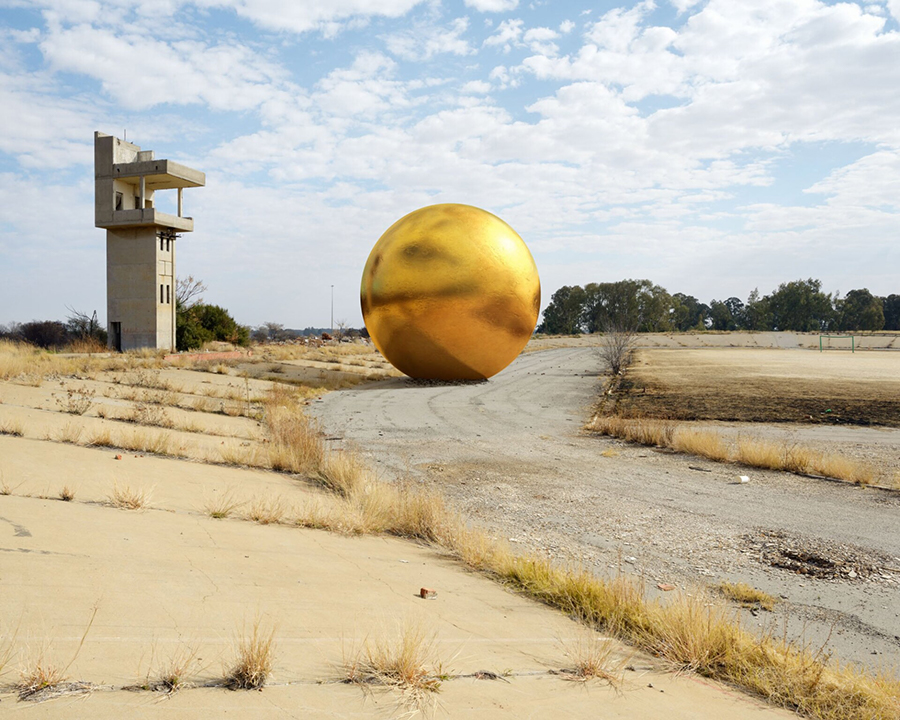
“The first of these mines was established in 1852, and back then the digging was done by hand. The extracted copper ore was then transported by ox wagons to the coast 140 kilometres away, and from there, it was shipped to England to be processed”, Marsh told Colossal Magazine.
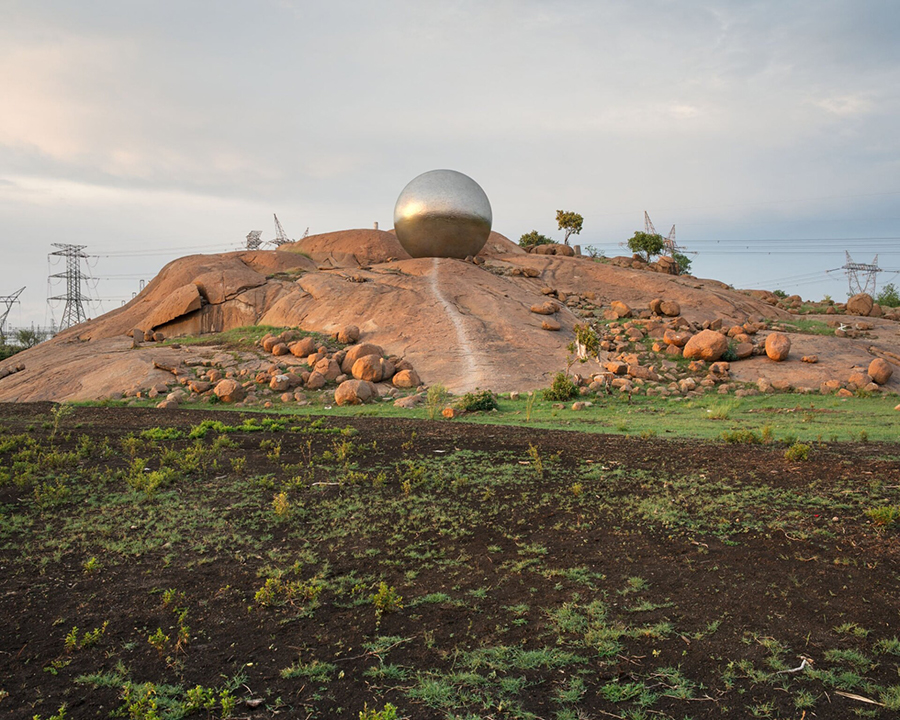
Today, excavation is more mechanically efficient, yet environmentally deleterious. Excavating precious metals typically has extreme, adverse effects on the natural surroundings. Impacts upon the air, water, and soil are often irrevocable, not to mention the defilement of unceded, ancient lands. The necessity of mineral deposit extraction in modern development precludes these practices as necessary evils.
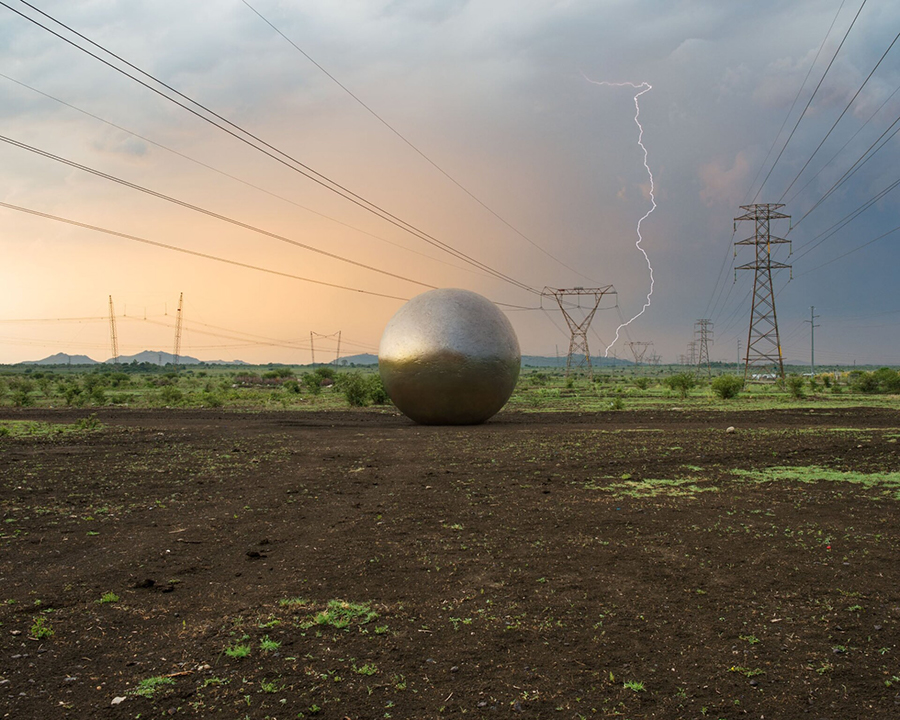
In Marsh’s photographic CGI series, For What It’s Worth, he fixates metallic orbs – symbolic of the materials extracted from the land – within the abandoned excavation sites. Marsh explicitly reorients these mineral deposits to the environments from which they came.
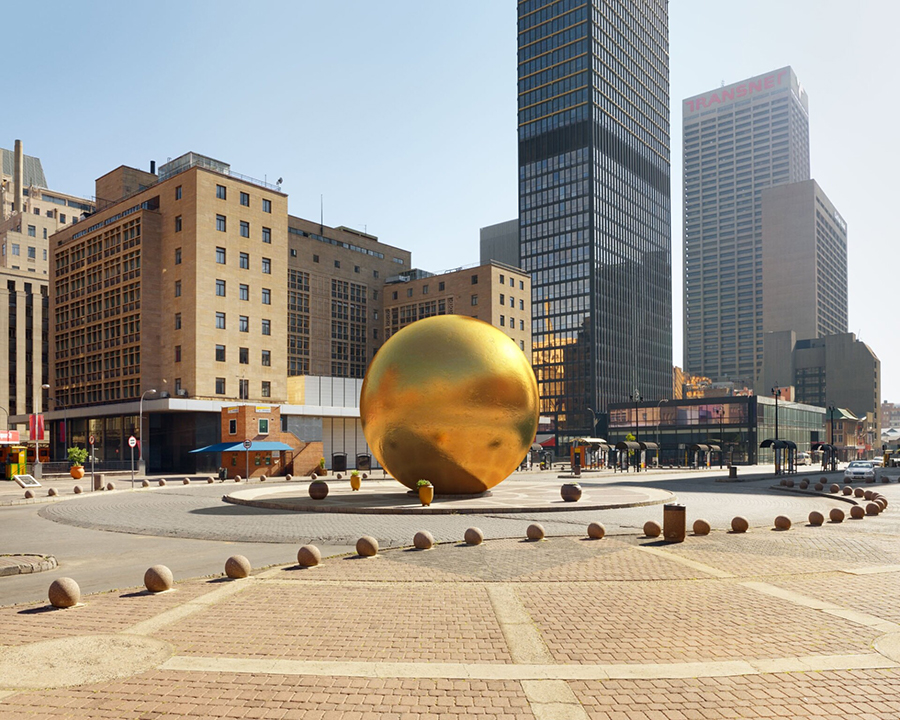
Marsh places the question of gain vs loss at the epicentre of his multimedia photography. He highlights the capitalistic drive to hierarchise precious metals above natural preservation.
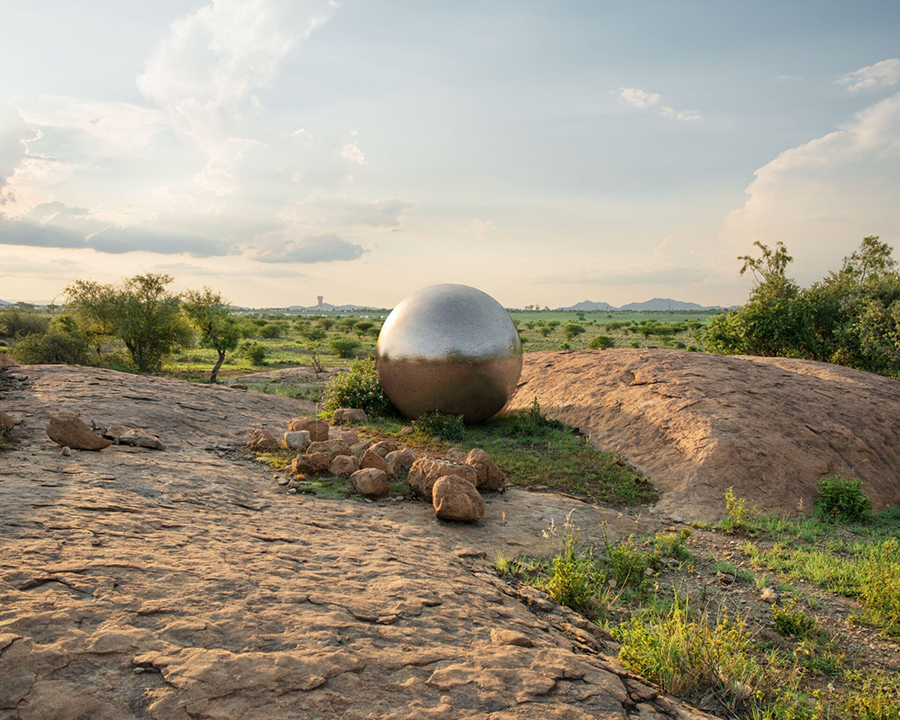
“My feelings have consistently and rapidly fluctuated between a sense of awe for what was gained and a sense of sadness for what it cost”, said Marsh.
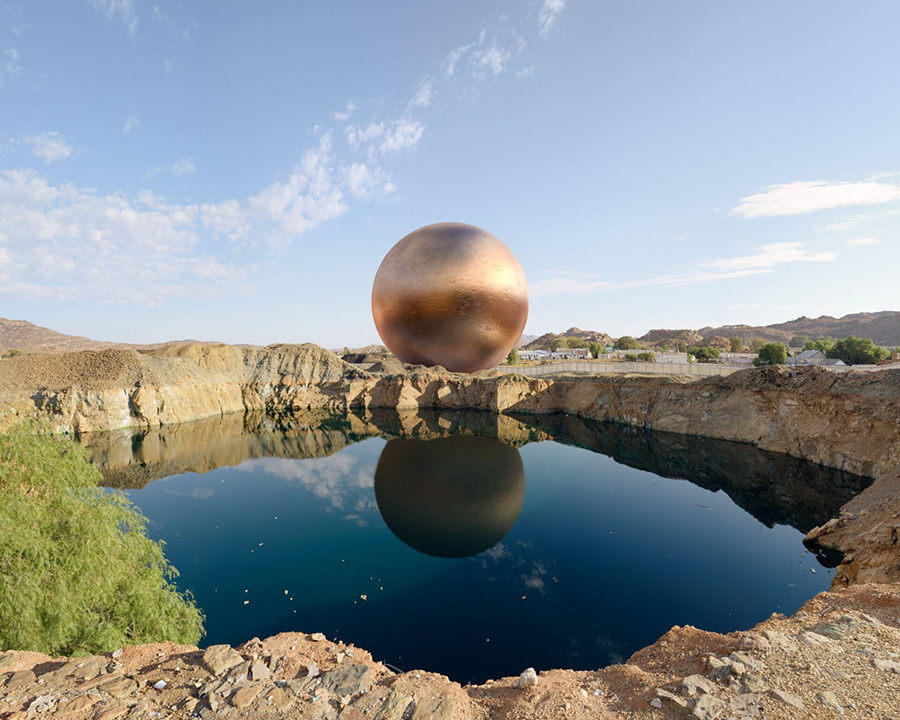
In one image, Marsh shows a copper orb weighing 284,000 tonnes, its pristine surface looming over the natural surroundings like an ancient, otherworldly figure – a precious gift relinquished from the earth. The Palabora mine houses another orb of copper that weighs an immense 4.1-million-tonnes; it sits within an enormous excavation that makes it look comparatively small.
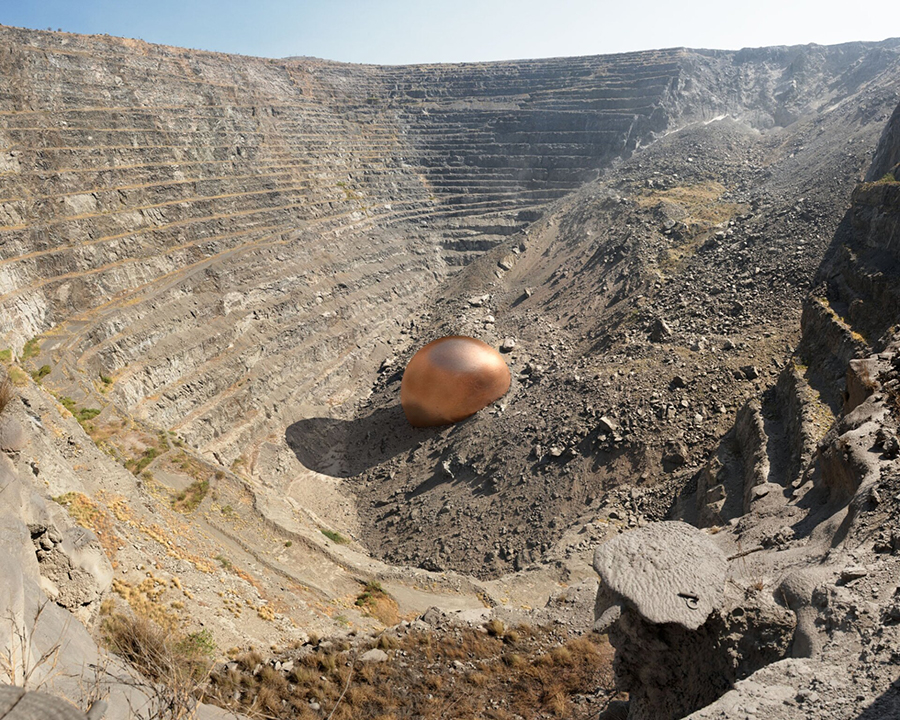
Perhaps most striking is a 7.6 million carat diamond sphere, which sits gleaming, but barely visible from within an abandoned goliath-sized excavation.
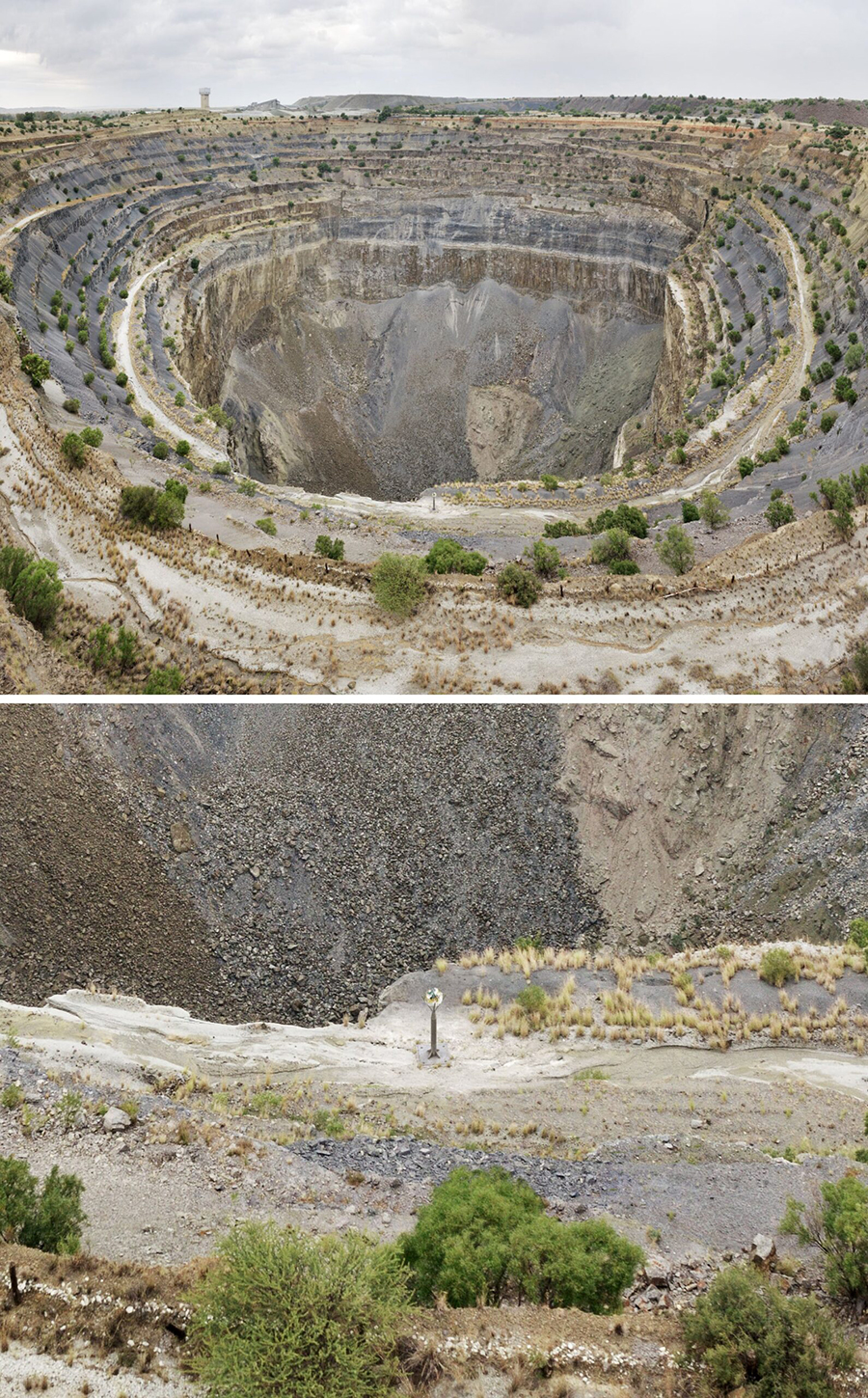
Dillon Marsh courageously depicts humanity’s dependence upon the earth’s resources as child-like, greedy, self-serving and ultimately as an intimate betrayal of our own self-interest.
